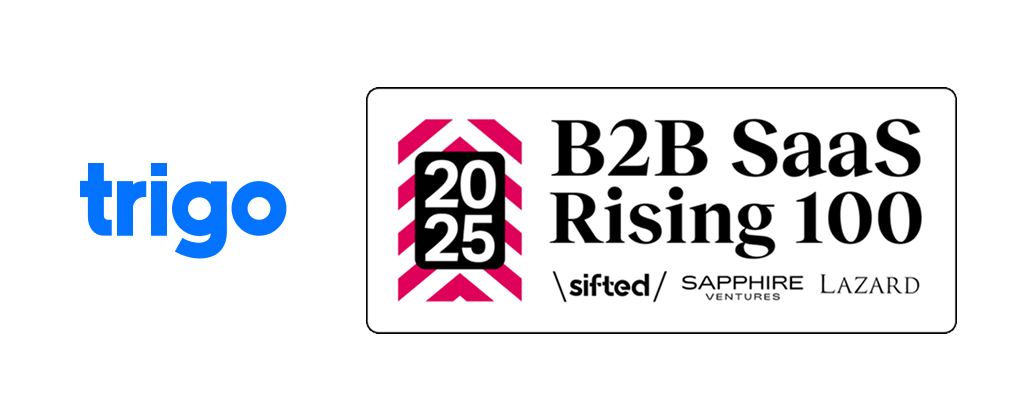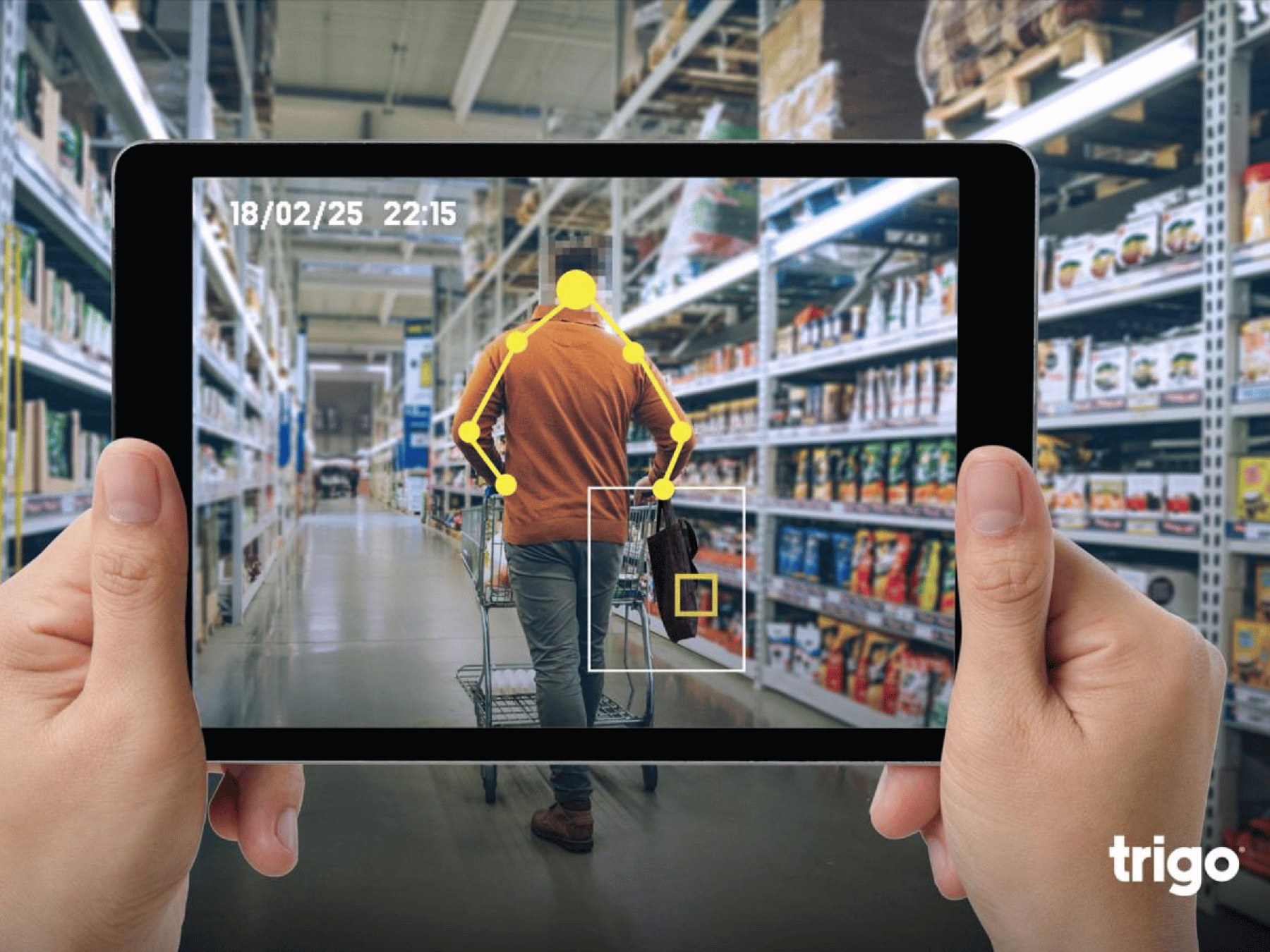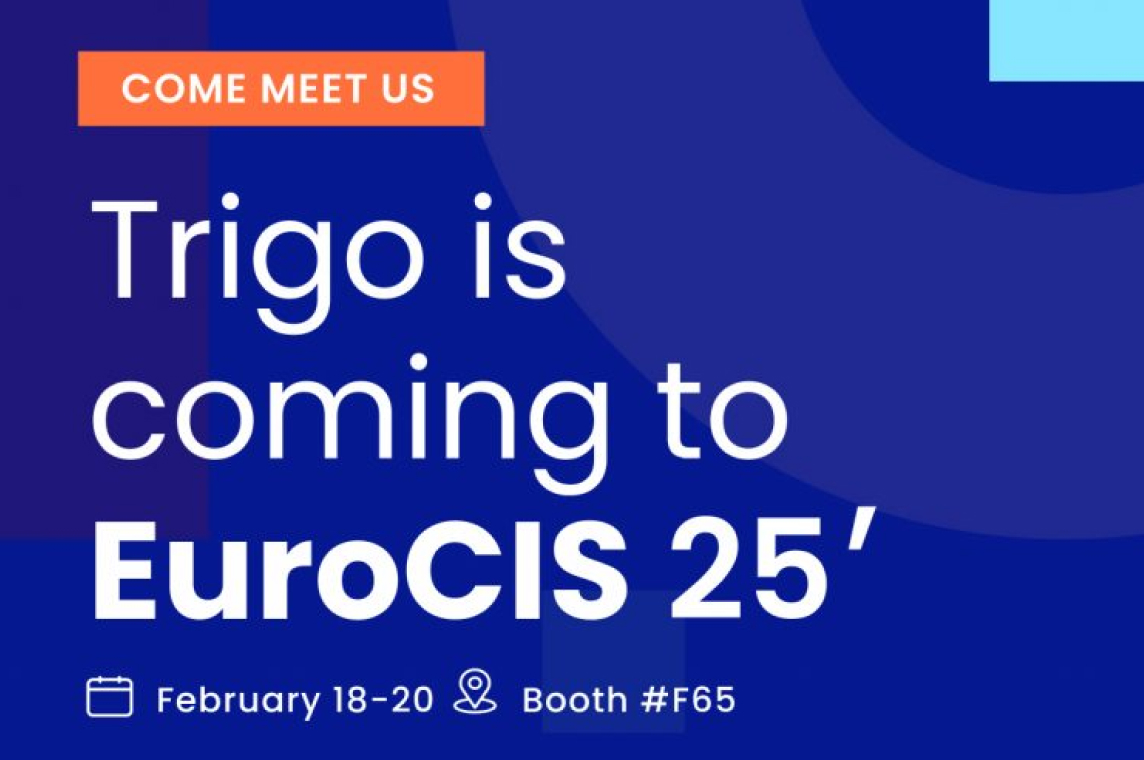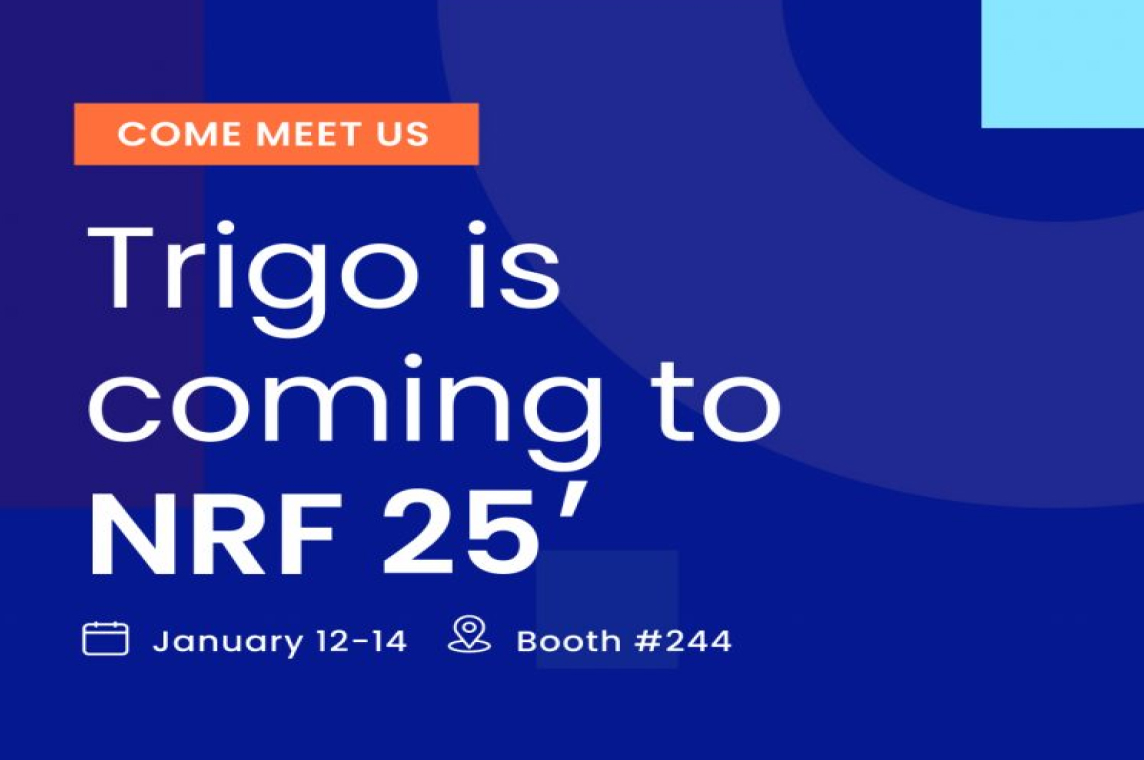In today’s world where instant gratification reigns supreme, grocery shopping is neither instant nor gratifying. You have probably dreaded your weekly grocery store trip at least once throughout your adult life, if not more than that. You have probably also opted for take-out over cooking a meal to avoid a trip to the grocery store. But what exactly makes grocery shopping so frustrating? According to Nielsen, the top five frustrations are: waiting in the checkout line (37%), out-of-stock items (36%), trouble locating products (24%), long shopping trips despite a small shopping list (23%), difficulty finding a store assistant (20%).

This list was published in 2020, but the one that topped the list – waiting in the checkout line – was still frustrating over a decade ago. So, how can grocery retailers address this and other shopper frustrations? Since shopper frustrations are rooted in different types of problems, a holistic solution is needed to address them. Technology is the obvious route here, but specifically transforming existing or new stores into autonomous ones provides an encompassing solution that addresses most, if not all shopper frustrations. Autonomous grocery stores eliminate checkout lines, automate day-to-day operations, and serve as a tech-powered proactive store management system.
This change must happen now. According to Bain, grocery retailers have gained a four-year revenue reprieve in comparison to their pre-Covid forecast, but they also found that European and US retailers must take “strategic action” or face up to 8% in profit reduction by 2030. Grocery retailers received an opportunity to build sustainable growth in 2020 and they must address customer frustration by leveraging emerging technologies to do so.
Time is valuable
As we pile on more and more personal and professional commitments, our free time becomes more precious. This makes a long checkout line at the grocery store feel like a waste of time, even if we really do need the groceries. These long checkout lines are even more frustrating when you only have a few items and must wait in the same line as someone with groceries for a family of five. It makes sense that long checkout lines and long shopping trips for a few items are among shoppers’ top frustrations.
Autonomous stores address and solve these issues by removing the checkout line altogether. Besides improving the overall shopping experience, by eliminating the main culprit behind shopper frustration – checkout lines – retailers can attract more first-time shoppers and build loyalty among repeat shoppers. Retailers who implement this technology in smaller stores can also win back customers from convenience stores and in larger stores, they can appeal to shoppers of all basket sizes and lifestyles.
Cashierless stores are already growing in numbers around the US and Europe, but, more importantly, they work. In a recent survey, almost 60% of people said they wanted to see autonomous shopping tech implemented in larger retailers like Kroger or Walmart. They also believe that this tech is what can help grocery retailers keep up with shopper demand. In the world of convenience and seamless shopping, cashierless technology is king and those who leverage this technology now will reap the benefits in years to come, while their competitors scramble to catch up.
Moving from a shopping trip to a shopping experience
Improving the grocery shopping experience goes beyond the long lines and shopping times; locating products or a store associate is also crucial for a positive shopping experience. With cashierless checkout, the stores can reallocate their employees to customer service roles and put a greater emphasis on customer experience and store layout optimization. For example, the main reason Apple is so successful is because their brand and OS are intuitive and customer-focused. With autonomous stores, grocery retailers can provide an immersive, shopper-centric experience that we look forward to, rather than a mundane task that we often avoid.
Find what you’re looking for
So now that you have a smartly organized, cashierless store with customer associates easily found around the store, is there anything left to improve? Yes, of course: out-of-stocks. If waiting in line was the most frustrating for customers (37%), out-of-stock items was a close second (36%). Many retailers have already begun utilizing technologies that leverage computer vision and machine learning to manage their inventory in real-time. These technologies not only notify a store when their inventory is running low, but some can also predict which products will require more inventory at different times of the week or even a day. Retailers then have an opportunity to optimize their inventory logistics and consistently provide products to shoppers.
This technology is so effective because it is a clear upgrade to the user experience and it benefits the retailer’s bottom line. The same tech gives key consumer insights such as product and promotion performance in real-time for every individual store. Every retailer knows that stores in different regions, or even cities, have different needs, and this technology helps retailers reach resolutions they never have before. They can now customize product placement on shelves to improve sales by store to maximize profits or even remove underperforming items to minimize losses. This creates a more personalized experience for the shopper but also has a positive impact on the retailer’s revenue.
Trigo’s holistic approach
Trigo was founded in order to address the frustrations shoppers face at the grocery store. As we continue to develop our computer vision and machine learning capabilities, we unlock even more ways to simultaneously improve the customer experience and retailers’ bottom line. We believe that the shopping experience and ROI don’t come at the expense of one another, they co-exist.
At its core, our solution is to enable grocery retailers to retrofit existing stores with autonomous shopping technology, but we also know that we need to address many elements of the shopping experience in order to improve it – we aren’t simply a cashierless solution. We can provide insights on inventory and consumer behavior – if a shopper chose pretzels over crisps, or if the almond milk is running low. We understand that these insights are also key in solving shoppers’ main frustrations and we are committed to continuing to develop our technology to address these issues as a whole.









